Sol 0
Author : Benjamin Auzou, Journalist
Title : "Our new Home"
The six of us woke up after a difficult night in the Science Dome,
because of the lack of comfort but above all because of our excitation
to begin our mission. The whole crew chose to begin the day with a
sport session ! That was a difficult session for some of us, but we
all needed that to wake up and prepare the three weeks of mission
ahead of us.
At 0800 the crew 205 left the Hab to return to their five countries.
Natalia, Dave, Nathan, Maria, Ghenim, Daniel, Hannah and Veronica left
us the station after a full afternoon of training yesterday. We wish
you a good continuation ! You’ve done a good job here in the MDRS,
even if the martian weather wasn’t clement with you. We will continue
to hold the station well and make great science here on Mars !
Then we spend the whole morning taking our marks in the Hab, we took
our first breakfast composed of milk and scrambled eggs. We chose our
rooms, our tiny zones of privacy in the Hab.
For the rest of the day, waiting for Atila to train us, we all worked
on our experiments or on the Hab’s organization :
Norbert, our GreenHab Officer, spend a lot of time in the GreenHab to
discover the plants in here and understand their needs. Cerise, our
crew Biologist and Health and Safety Officer tested everything in the
Campus to assure our safety : alarms, fire extinguishers, medical
supplies and radios. Gaspard, our engineer and the "hacker" of the
team tackled the internet consumption of our devices to avoid data
losses (we only used 100MB up to this time!). In the same time,
Aurélien and I organized in the kitchen the food supplies that arrived
with us. And Jérémy, Commander of our mission prepared all the
material necessary to follow our water consumption.
At 1430 pm, Atila arrived to train us with the rovers and gave us his
last advice.
We had a long discussion on our goals for the mission. And that was
the moment to close the airlock door and begin our simulation.
I am Benjamin, journalist of the crew 206, million of kilometers away
from Earth, in the Mars Desert Research Station. The weather here is
beautiful, even if the soil is still damaged by the storm that stroke
the crew 205’s mission. My crew and I will sleep well after this
tiring day. I am in a hurry to wake up tomorrow to start experiments
and Extravehicular Activities, to live the Martian Dream.


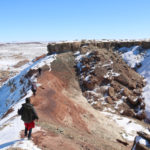
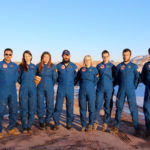
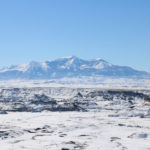

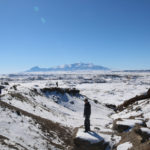
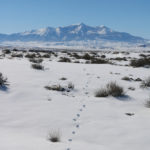
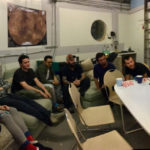
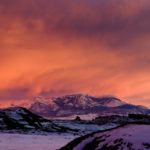
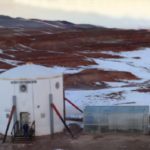
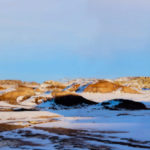
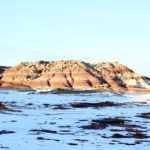


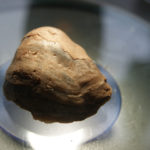
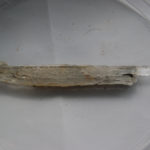
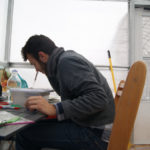
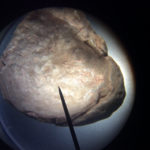

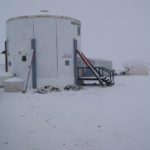

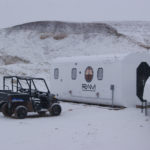

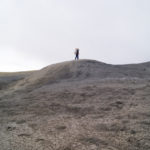
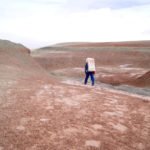
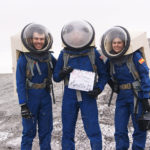
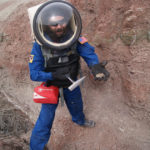
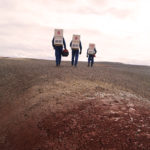
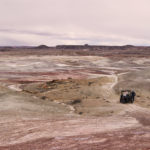

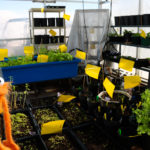
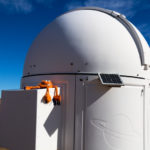

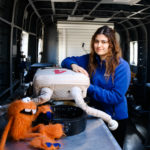

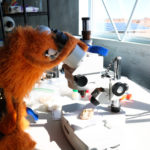


You must be logged in to post a comment.